Tariff Tide Rising (to Inflation)
Highlights
- Core Producer Price Index (PPI) surged 0.9% in July, more than quadruple the 0.2% forecast — its fastest pace since early 2022, signaling upstream cost pressures.
- Core Consumer Price Index (CPI) rose 0.3% in July (3.1% y/y), showing the gap between producer and consumer inflation.
- Corporate earnings calls have mentioned “tariffs” at record frequency, often linked to inflation and planning uncertainty.
- Businesses seem to be absorbing tariff costs for now, but margins are unlikely to remain compressed for long.
- PPI acts as the “stop-over” between tariffs and final consumer prices; the lag means CPI and Personal Consumption Expenditures (PCE) may accelerate in coming months.
- Rising inflation pressure could challenge expectations for a Fed rate cut in September. The next way-point is the PCE release scheduled for August 29, 2025.
____________________________________________________________________________________________________
When the U.S. government announced blanket import tariff hikes on April 9, 2025, (“Liberation Day”) the market reacted with an abrupt sell-off. However, soon after, equities reversed the losses as inflation reads did not show the impact of the new import taxes, and expectations for the Fed cutting interest rates re-appeared.
The lack of a quick pass-through of higher net import costs into retail prices was surprising to some (including us), but in hindsight, it looks like retailers and intermediate manufacturers pre-empted the announcement by building inventories at pre-tariff costs, and some chose to take the hit on margins either to protect market share or to expect a clearer outlook from the Administration. However, those explanations now feel exhausted and thin.
The latest Producer Price Index (PPI) data offers a more useful forward-looking story: tariffs are already lifting costs in the production pipeline, but the impact hasn’t yet reached consumers. In July, core PPI jumped 0.9% month-over-month, well above the 0.2% consensus forecast, implying an 11%+ annualized pace — its fastest climb since early 2022. By contrast, core CPI rose 0.3% in the month (3.1% y/y), and headline CPI was up just 0.2% (2.7% y/y).
The PPI is essentially a stop-over point on the journey from tariffs to final consumer prices. It measures the cost of “things that make things”—raw materials, components, and intermediate goods—where tariff-related price increases hit first. From there, higher costs filter into the CPI and Personal Consumption Expenditures (PCE) index, often with a lag as businesses decide how and when to pass them on.
Corporate commentary suggests that pass-through decisions are already a top-tier concern. Using AI tools, we scrubbed recent S&P 500 earnings calls in search of mentions of tariffs, inflation, and their context. We then compared them to the anecdotal data we collected from firms that we follow closely, and the results are highly consistent and coherent. “Tariffs” are being mentioned at record frequency—well above historical norms—and often in the same breath as “inflation.” Management teams across manufacturing, retail, and logistics describe tariffs as a direct hit to input costs, with the added complexity that the uncertainty regarding a long-term standard hampers planning and pricing strategy decisions. Some are absorbing the costs temporarily to preserve market share; others are warning of eventual price hikes to protect margins.
But as much as corporations delay final price adjustments, cost pass-throughs are unavoidable (in our view), and globalized supply chains amplify the challenge. A Brazilian alumina miner sells to a Canadian smelter, which sells aluminum to a U.S. car parts manufacturer, who sells to a Mexican assembly plant (“maquila”), who sells a pickup truck to an American consumer. The combined margin between the final price of the pickup truck and the total costs of each of the links in the supply chain constitutes the Industry Margin Pool. Each constituent of this supply chain will claim part of the Industry Margin Pool to produce an adequate return on its invested capital. As tariffs create friction and costs in cross-border transactions, the Industry Margin Pool may not be able to provide sufficient returns to each of its components. At the start, the businesses involved in the supply chain may accommodate the new cost structure by absorbing some of the new costs, but market forces ultimately lead to a normalization of margins — meaning that today’s absorbed tariff costs will cause tomorrow’s consumer-level inflation.
If this PPI surge proves to be the first wave, CPI and PCE could follow in the coming months, undermining market expectations for a September Fed rate cut. For now, forward-looking measures like the PPI—and corporate guidance language—are better guides than backward-looking CPI prints. They’re telling us the same thing: the tariff tide is rising, and consumer price inflation may not be far behind.
____________________________________________________________________________________________________
© 2025 Securities are offered by Lime Trading Corp., member FINRA, SIPC, NFA. All investing incurs risk including, but not limited to, the loss of principal. Additional information may be found on our Disclosures Page. The material in this communication is not a solicitation to provide services to customers in any jurisdiction in which Lime Trading is not approved to conduct business. The material in this communication has been prepared for informational purposes only and is based upon information obtained from sources believed to be reliable and accurate; however, Lime Trading Corp. does not warrant its accuracy and assumes no responsibility for any errors or omissions. The information provided is not an offer to sell or a solicitation of an offer to buy any security or a recommendation to follow a specific trading strategy. Lime Trading Corp. does not provide investment advice. This material does not and is not intended to consider the particular financial conditions, investment objectives, or requirements of individual customers. Before acting on this material, you should consider whether it is suitable for your particular circumstances and, as necessary, seek professional advice.

